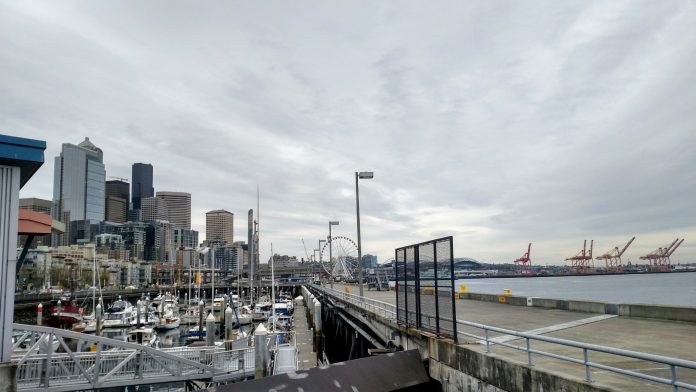
Last week, Mayor Jenny Durkan announced she is convening an industrial lands stakeholder group to “guide development of strategies to ensure a strong industrial and maritime sector now and in the future.” The announcement was met with a mix of “didn’t we just do that” and “oh great, another committee.”
The shrug is legitimate. On his way out the door in August of 2016, Mayor Ed Murray made a very similar committee. With similar membership. For an almost identical purpose.
Now, with three years of political wheelspinning on industrial areas, mounting costs to replace deteriorating infrastructure, and the ever present specter of climate change, we get to move ahead with… another committee.
The good news: all is not lost. The committees look similar but the small gaps of daylight offer some opportunities. Should we expect a bold vision to steer our industrial and maritime sectors into an bright new dawn? No. But it’s not going to be the terrible rehash it could have been.
The Purpose of a Committee Is To…
Mayor Durkan’s new committee has a leg up on the past in one important way: its charge. Mayor Murray’s instructions to his committee was a tribute to not irritating everyone from the starting line. He was looking for a “conversation” to push a “new industrial lands framework.” The key words in that framework were support, acknowledge, recognize, and balance. Very dull.
Mayor Durkan, on the other hand, has goals. Her committee is going to “guide development of strategies to ensure a strong industrial and maritime sector.” And like a good revision to a resume, they use active verbs to kick off each one.
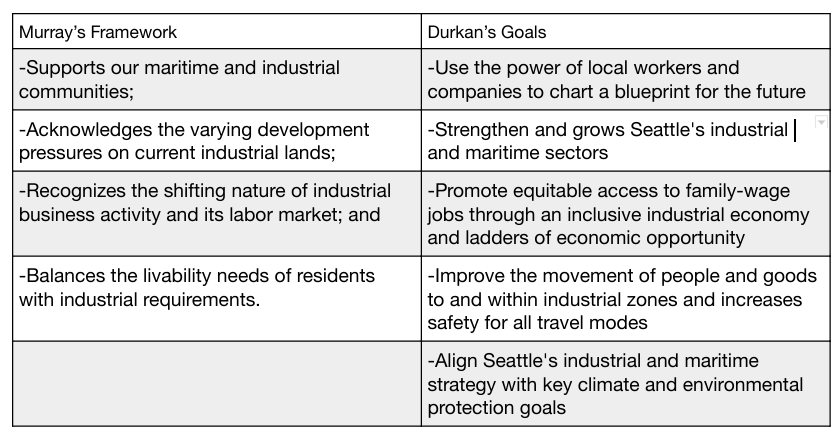
We can argue about the difference between “framework” and “strategies.” But Mayor Durkan gets it right by looking towards the future. It is positioned as a step forward, a move to seize an opportunity rather than a defensive response to big trends. The inclusion of environmental concerns and land use policy suggest the new committee’s products will have some teeth rather than wherever Murray’s defunct framework was going to end up.
The Membership
Erica C. Barnett smartly pointed out that there is interesting overlap between the membership of the two committees. The Murray committee had 28 people and the Durkan committee has 23. There are eight repeats.
- Nicole Grant, Martin Luther King County Labor Council
- Dave Gering, Manufacturing Industrial Council of Seattle
- Erin Goodman, SODO Business Improvement Association
- Johan Hellman, BNSF Railway
- Terri Mast, Inlandboatman’s Union
- Fred Mendoza, Public Stadium Authority
- John Persak, International Longshore and Warehouse Union Local 19
- Greg Smith, Urban Visions
And the remaining 15 members of the Durkan Committee who were not on the earlier iteration:
- Sally Clark, University of Washington
- Sam Farrazaino, Georgetown Safety Task Force/Georgetown Strong
- Alex Hudson, Transportation Choices Coalition
- Rick Kolpa, Prologis
- Marie Kurose, Workforce Development Council of Seattle-King County
- Barbara Nabors-Glass, Seattle Goodwill
- Peter Nitze , Nitze-Stagen
- Abel Pacheco, Seattle City Councilmember and Chair of Land Use Committee
- Fred Rivera, Seattle Mariners
- Jordan Royer, Pacific Merchant Shipping Association
- Charles Royer, Public Facilities District
- Rob Stack, Stack Industrial Properties
- Peter Steinbrueck, Commissioner Port of Seattle
- Mike Stewart, Ballard Alliance Business Improvement Area
- Brian Surratt, Alexandria Real Estate Equities
In Mayor Durkan’s announcement, a bunch of other people were given positions on Neighborhood Subgroups, a separate set of committees that will “assist in advising on local opportunities” and “bringing forward the issues and needs of the neighborhoods.” The role and authority of the subgroups remains to be seen, so we will focus only on the citywide list.
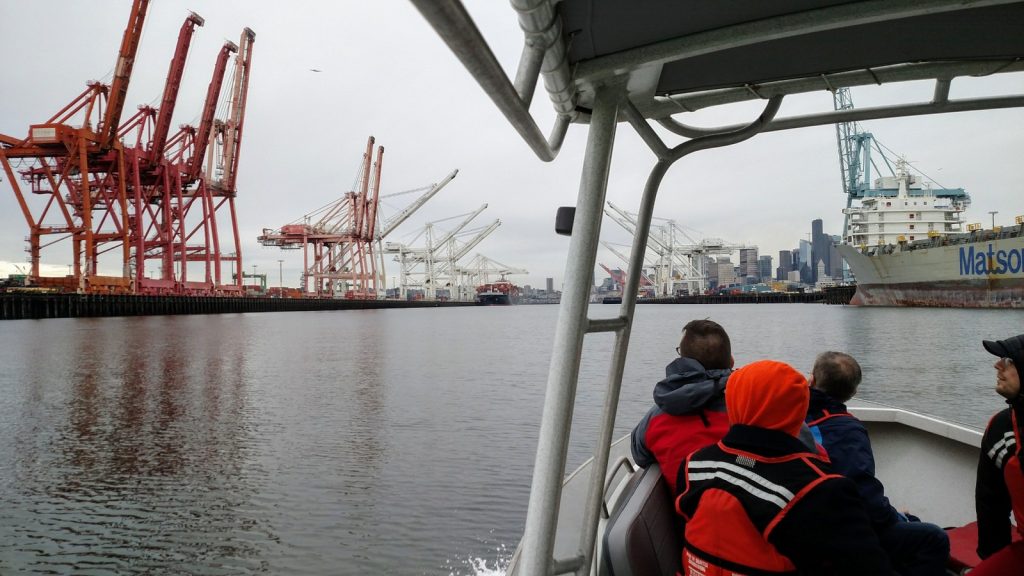
Many of these names, particularly in the overlap, make sense given their positions. We’re not going to get around having BNSF at the table. It’s good to see unions represented. Looked at one way, there is a diversity of opinions. But cut slightly different, there is a pronounced tilt towards stadium interests and the Manufacturing Industrial Council.
An entertainment bloc forms around the stadium interests, with former mayor Charles Royer coming from the Public Facilities District (the one that oversees the ballpark), Fred Mendoza from the Public Stadium Authority (that oversees the football stadium and exhibition center), and Fred Rivera from the Mariners. Is this an overreaction to the tension between the SODO arena plans and industrial users, or is it setting up that there won’t be industrial uses to compete with future stadium plans?
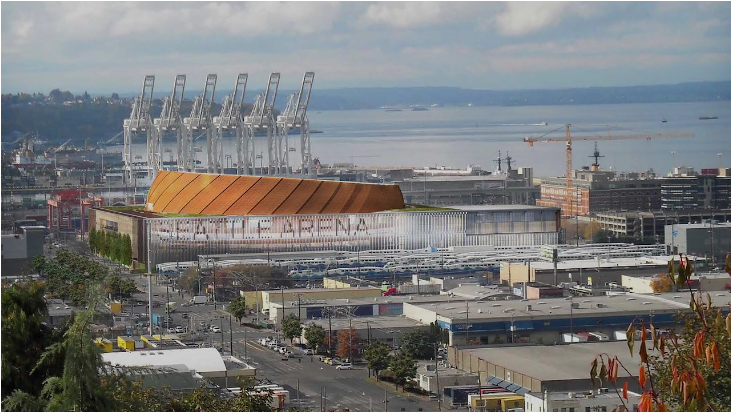
Similarly, three members of the Manufacturing Industrial Council are on the Committee–MIC Executive Director Dave Gering, and Executive Committee Members Johan Hellman, and Jordan Royer (Charles’ son and former city council candidate). MIC does offer above-the-fold support for workforce development and environmental cleanup, but they are also outspoken against “global views” and advocate for muscular policing against those experiencing homelessness.
Interestingly, the Durkan Committee comes with the role of co-chairs assigned to Nicole Grant, Sally Clark, and Brian Surrat. Grant represents the MLK Labor Council, regional AFL-CIO affiliate and continued opponents to the Missing Link. Clark is a former Seattle City Councilmember and current director of Community Relations at UW. And Surratt is now at Alexandria Real Estate Equities (winners of the Mercer Megablock bid) after his time running Economic Development for the Murray Administration. Assigning these members as co-chairs from the beginning puts workforce and economic development at the forefront of the committee’s tasks, but through a lens of large scale and institutional development.
It also makes the largest single voting block that of former and current elected officials (Clark, Royer, Steinbrueck, and Pacheco). Abel Pacheco, for his part, will become a former elected official in just two weeks. As an interim councilmember (replacing Rob Johnson who left to take a job with NHL Seattle), City law dictates he’ll be replaced as soon as election results are certified later this month.
Newsletter aficionado and development skeptic Alex Pedersen will take Pacheco’s D4 seat, but perhaps not his industrial lands post if Mayor Durkan instead reserves it for the next land use committee chair. The next land use chair is unlikely to be Pedersen given his skepticism about the City’s land use initiatives from Mandatory Housing Affordability rezones to parking reform to backyard cottage reform. Or perhaps, Durkan intends to keep Pacheco on the committee even after he loses his council seat.
Who’s Outside?
With so many city hall insiders, it begs the question of who got bumped? In short: shipyards and seafood. None of the fish processing, port alliances, fishing vessels, or marinas that were on the Murray committee made it through to the new committee. For such a vital local industry, this seems to be an outright snub.
Also, a certain type of institutional memory was left off the new committee and it may be a good thing. Several members of the Murray committee noticeably absent from Durkan’s were part of drafting the Manufacturing/Industrial Center plans in SODO and Interbay. These plans have formed the basis for the city’s industrial policy for the last 20 years and have been used to oppose developments and completion of the Burke Gilman Trail. Relegating these members suggests we may be ready to leave behind a particular brand of all-or-nothing segregation of industrial uses.
The committee is also missing voices for indigenous peoples. For an industrial area called the Duwamish, not involving the tribes is a terrible oversight. For port and maritime facilities, failing to include native holders of fishing rights is shortsighted. That the tribes also represent some of the largest development locations in the state whose developments are mixing housing, entertainment, and industry means their omission is a missed opportunity and much deeper than mere appearances.

Environmental groups also are skipped. Alex Hudson of the Transportation Choices Coalition is a fantastic addition, but may represent a lone voice against interests that are overwhelmingly pro-truck traffic and highway expansion. This risks repeating one of the issues that plagues earlier industrial center planning where transit is secondary and the side effects of industrial pollution are non-issues.
Finally, there is no one representing beer or cannabis in the citywide committee, which are most unfortunate omissions. Manufacturing beer sits at a balance point between contradictions. It needs a walkable neighborhood and big floor plans. It needs clean water and fast transit of goods. It needs a healthy restaurant community and affordable space available to be leased. Cannabis is a tightly regulated and constrained industry. It is shoveling money into the budget, but is barred from locating in most of the city and forbidden from using anything but cash–at least not with a federally-insured bank.
Cannabis shops and breweries are the types of creative responses Seattle needs to address the pressures facing our industrial areas. They represent a level of industry that is compatible with residential uses. They illustrate the best aspects of adding value to industrial land. They show that industry does not need to cover acres to expand and employ people with living wages. These are balances omitted from past industrial plans, and it’s a shame that the best contemporary examples are not at the table now.
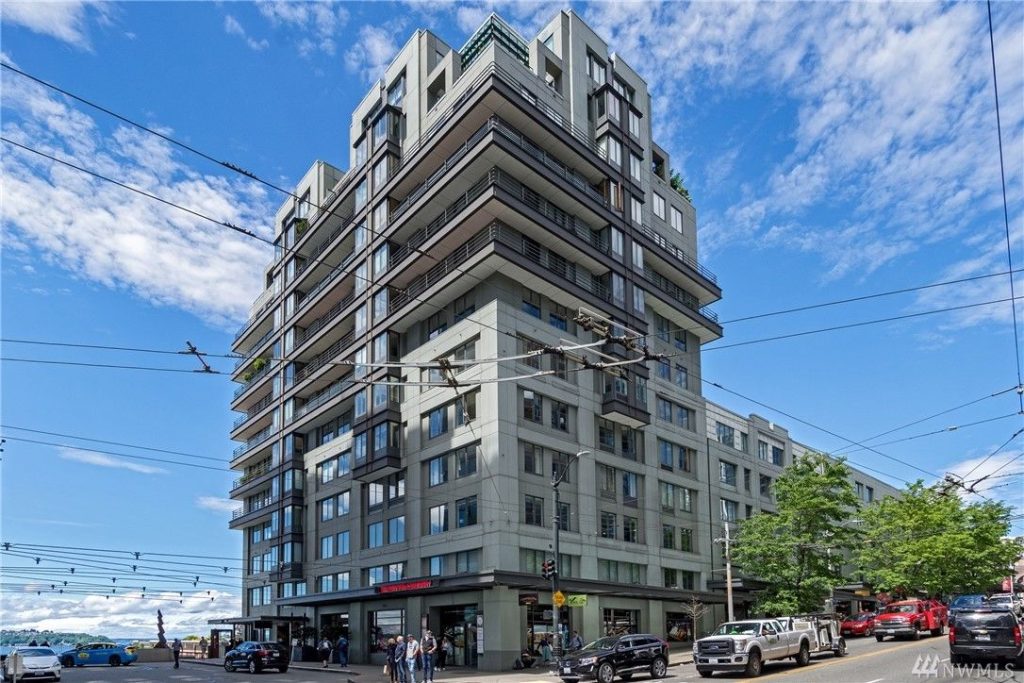
But the omission of smaller businesses is not a surprise. Mayor Durkan puts forth a business friendly face whenever possible. The list of committee members says that businesses must be a certain size in order to warrant that friendliness. They have to come from large industrial landholders or stadiums or cluster development holding companies. The fine-grained businesses that make neighborhoods liveable may be too fine-grained for important committees.
Still, there is reason for cautious optimism. The lineup of members and the committee’s goals show some departure from the current plans. It was those plans that allowed our industrial areas to be taken over by mini-storage (and in some cases office development) and industrial workers to be pushed out of good paying jobs. It’s a start. But whether we turn the corner to something more creative, sustainable, and productive will depend on how much those of us who are not at the table are ready to engage.
Ray Dubicki is a stay-at-home dad and parent-on-call for taking care of general school and neighborhood tasks around Ballard. This lets him see how urbanism works (or doesn’t) during the hours most people are locked in their office. He is an attorney and urbanist by training, with soup-to-nuts planning experience from code enforcement to university development to writing zoning ordinances. He enjoys using PowerPoint, but only because it’s no longer a weekly obligation.


